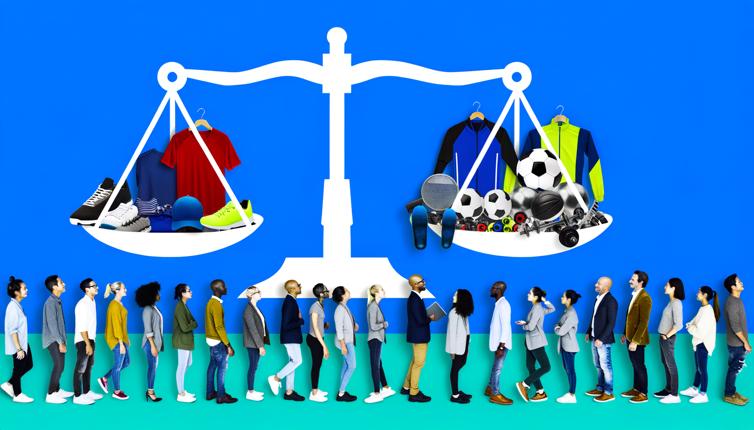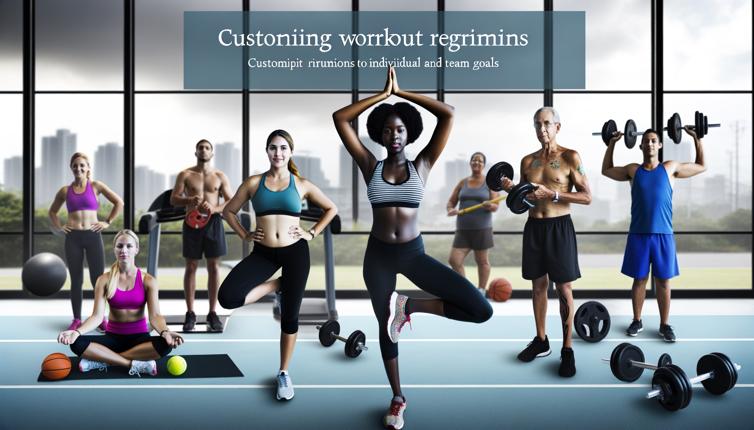Assessing Team Needs
The first step in deciding on team equipment and apparel is to assess the specific needs of your team. Consider the sport or activity that your team is involved in, as well as the level of competition.,For high-contact sports like football or hockey, protective equipment such as helmets, pads, and mouthguards may be necessary. For outdoor sports, sunscreen, hats, and sunglasses may be important to protect against the sun's harmful rays.,Additionally, consider the specific needs of your athletes. Do they have any particular preferences or requirements? Do they have any specific health or safety concerns? These factors should all be taken into account when choosing team equipment and apparel.
Functionality vs. Style
One of the main challenges when deciding on team equipment and apparel is finding the right balance between functionality and style. While it's important for your team to look good, their gear also needs to be practical and functional for their sport or activity.,When it comes to functionality, consider factors such as durability, flexibility, and breathability. Will the equipment and apparel hold up well under intense use? Will it allow for full range of motion? Is it made from moisture-wicking materials to keep athletes cool and dry? These are all important questions to ask yourself when making these decisions.,At the same time, don't forget about style. Your team's gear should reflect their identity and create a sense of unity. Consider incorporating team colors or logos into the design of the equipment and apparel. This will not only make your team look good, but also help build team spirit and pride.
Budgetary Constraints
Another important factor to consider when deciding on team equipment and apparel is your budget. It's essential to set a realistic budget and stick to it. Start by researching the average costs of the equipment and apparel you need, and then prioritize your purchases based on what is most important for your team.,Consider investing in higher quality equipment that will last longer, even if it means spending a little more upfront. This can save you money in the long run by reducing the need for frequent replacements. Look for deals and discounts, and consider partnering with local businesses or sponsors to offset some of the costs.,Remember, it's also important to allocate some of your budget for unexpected expenses or replacements. Sports equipment can get damaged or worn out over time, so it's important to be prepared for these situations.
Conclusion
In conclusion, deciding on team equipment and apparel requires careful consideration of functionality, style, and budgetary constraints. By assessing your team's specific needs, finding the right balance between functionality and style, and setting a realistic budget, you can make informed decisions that will benefit your team both on and off the field.








